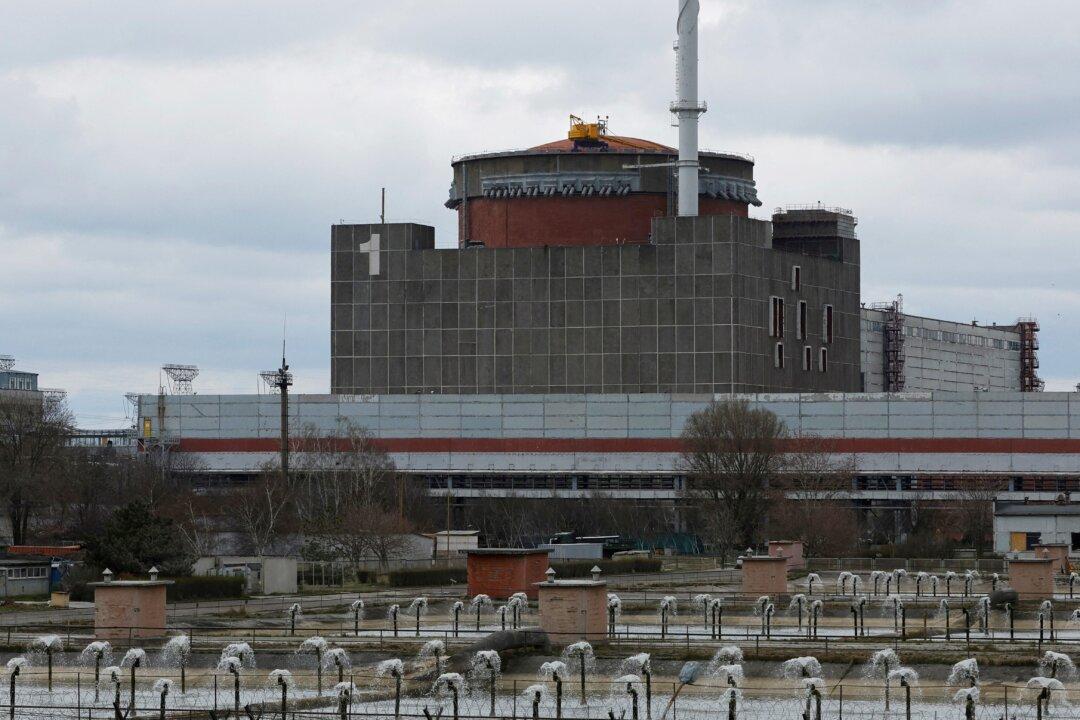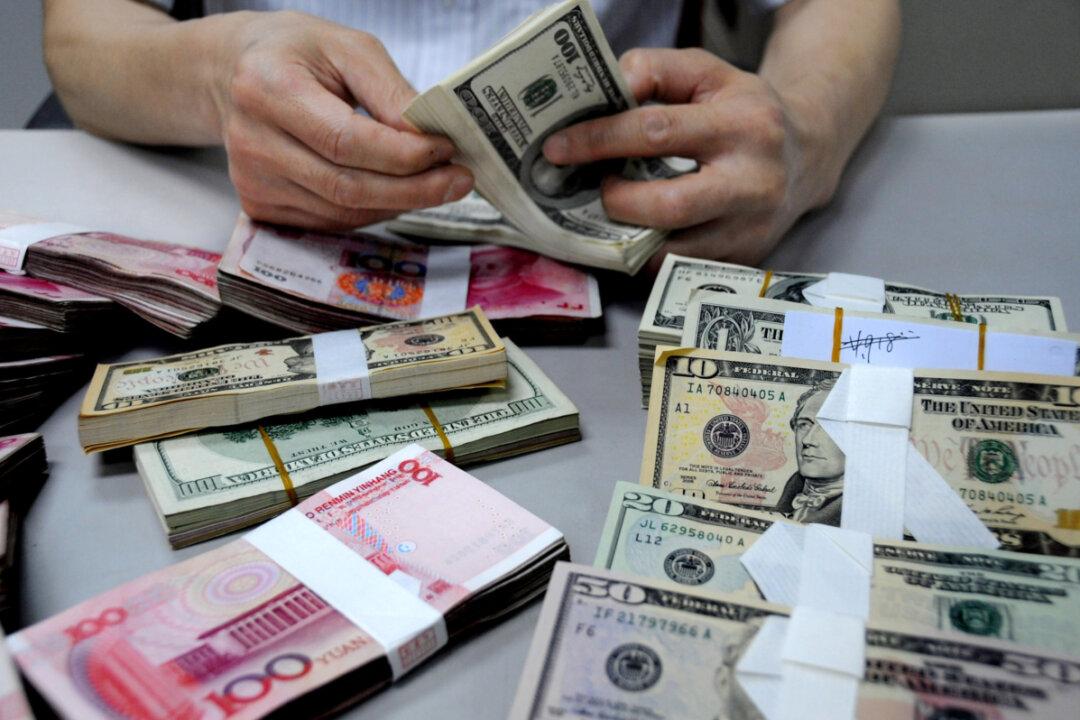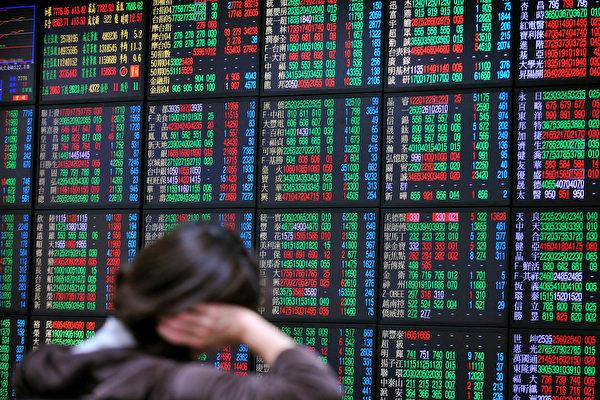As China experiences a dramatic surge in COVID-19 cases following the sudden reversal of its zero-COVID policies in early December, experts say the situation in the country is almost a mirror image of life under the draconian policies that saw millions in strict lockdowns or quarantine facilities over the past three years. Pandemic policy has taken a 180-degree turn in less than three weeks.
Although the rising death toll in the country of 1.4 billion is impossible to calculate, many crematoriums and funeral homes are operating around the clock. Meanwhile, in many places, those who test positive for the virus are being ordered to work as long as they can still stand. COVID-infected couriers continue to make deliveries and infected health care workers care for the sick. Those who test negative for the virus are now the voiceless minority.






